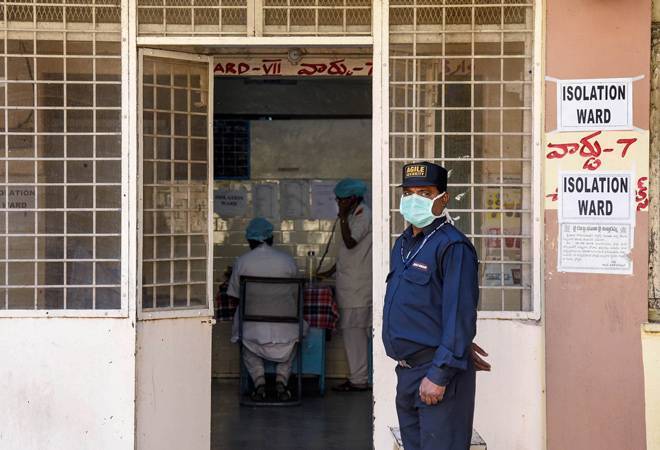Economic Survey 2020: India’s GDP will grow at 6 to 6.5 percent in 2020-21and is on its way towards achieving the $5 trillion economy target by 2024-25, says Economic Survey, tabled by Finance Minister Nirmala Sitharaman in both houses of the Parliament today.
The uptick beginning from the second half of 2019-20 would be mainly due to ten positive factors like picking up of NIFTY for the first time this year, an upbeat secondary market, higher FDI flows, build-up of demand pressure, positive outlook for rural consumption, rebound of industrial activity, steady improvement in manufacturing, growth in merchandize exports, higher build-up of foreign exchange reserves and positive growth rate of GST revenue collection, the survey said.
“Given India’s record of growth with macroeconomic stability over the last five years (annual average growth rate of 7.5 per cent), the economy is poised for a rebound towards the $5 trillion goal by 2024-25. The net FDI and Net Foreign Portfolio Investment (FPI) in first eight months of 2019-20 stood at $24.4 billion and $12.6 billion respectively, more than the inflows received in the corresponding period 2018-19”, it said.
The deceleration in economic growth with the GDP growth for 2019-20 projected at 5 per cent, should be understood within the framework of a slowing cycle of growth, it said. Financial sector acted as a drag, it pointed out.
Flourish logoA Flourish data visualisation
Also read: Economic Survey 2020 Live Updates: Banks likely to remain risk averse unless IBC process speeds
According to the survey, uncertainties, although declining, are still elevated due to protectionist tendencies of China and USA and rising USA-Iran geo-political tensions. Amid a weak environment for global manufacturing, trade and demand, the Indian economy slowed down with GDP growth moderating to 4.8 per cent in first half of 2019-20, lower than 6.2 per cent in second half of 2018-19, it said.
The survey also claimed there has been an increase in the share of formal employment, as captured by ‘Regular wage/salaried’, from 17.9 per cent in 2011-12 to 22.8 per cent in 2017-18. “This 5 per cent points increase in the share of ‘Regular wage/Salaried’ group has been on account of 5 percentage points decrease in the share of casual workers, which reflects formalization in the economy. As a result, in absolute terms, there was a significant jump of around 2.62 crore new jobs over this period in the usual status category with 1.21 crore in rural areas and 1.39 crore in urban areas”, it said.
The survey said that the drop in fixed investment by households from 14.3 per cent to 10.5 per cent explains most of the decline in overall fixed investment between 2009-14 to 2014-19. “Fixed investment in the public sector marginally decreased from 7.2 per cent of GDP to 7.1 per cent during the two periods. However, the stagnation in private corporate investment at approximately 11.5 per cent of GDP between 2011-12 to 2017-18 has a critical role to play in explaining the slowing cycle of growth and, in particular, the recent deceleration of GDP and consumption”

We are living in an era of uncertainty where the contours of economy,social fabrics are changing everyday. i pen down my thoughts on the most pressing issues of the world.


















